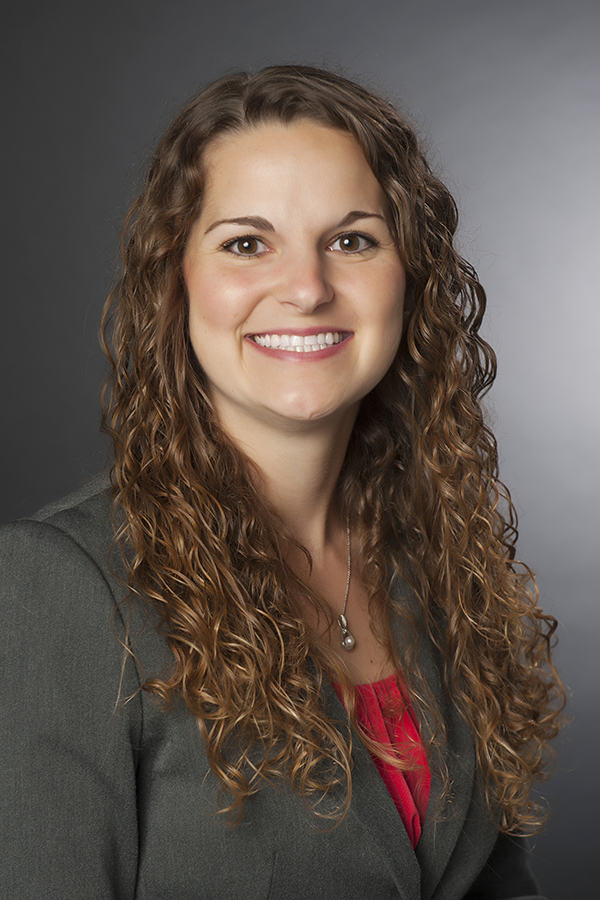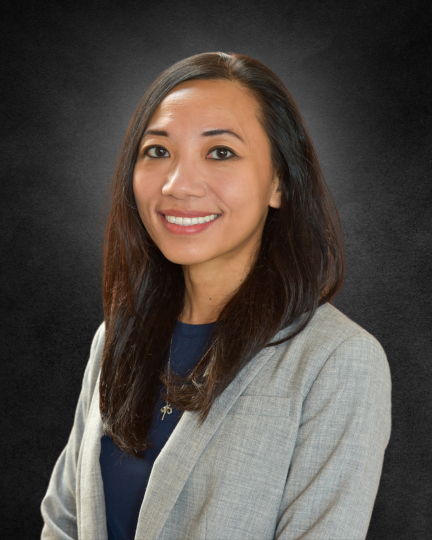
Research spotlight: Accountancy insights from the Trulaske College of Business

The faculty of the Trulaske College of Business School of Accountancy are at the forefront of addressing some of the most pressing concerns in contemporary accounting. Some recent explorations look at the effectiveness of a 2017 standard designed to make audit reports more transparent and useful to stakeholders as well as whether changes in tax reserves is an early indicator of a firm's tax strategies and associated risks.

Ongoing study examines why new standard isn’t delivering as expected
The main purpose of an auditor’s report is to provide an independent opinion as to whether a company’s financial statements are fairly represented in all material respects. The independent auditor’s role is especially valuable to capital market participants who use financial statements to make important decisions, such as whether to invest in a company or lend it money.
So, there was much anticipation in 2017 when the Public Company Accounting Oversight Board (PCAOB) implemented a new standard aimed at making audit reports more transparent and useful to stakeholders.
However, the new standard isn’t translating into useful information for stakeholders. “This has become just another part of the audit report that doesn’t change very much. So, investors don’t find it that useful,” Keith Czerney, associate professor of accounting, said. Ongoing research by Czerney and Daun Jang of California State University-Sacramento is trying to understand why the standard has not made the audit report more informative. “What is driving that?” Czerney asks.
The standard – known as Auditing Standard 3101 or AS 3101 – requires auditors to provide unique insights into the audit process by identifying “critical audit matters” or CAMs and reporting on how they were addressed.
Under this standard, a CAM is defined as any matter arising from the audit that was or should have been communicated to the audit committee and that relates to material matters involving especially challenging, subjective or complex auditor judgment. The standard uses the word “especially” to convey more clearly that there could be multiple CAMs and that matters are assessed on a relative basis within the specific audit.
So far, Czerney and Jang have found that although auditors do appear to be selecting topics involving especially challenging, subjective or complex auditor judgment as CAMs, the number of CAMs selected has been fewer than anticipated and that the quality of the CAM disclosures is inconsistent. Additionally, Czerney said the issue for stakeholders is that the same topics tend to be identified as CAMs year after year, and the auditors’ responses to these persistent CAMs have become predictable or “boilerplate language” in the audit report.
“Researchers look at stock price reactions during a narrow window of time after a piece of information, like an audit report, is released to infer whether it is informative,” Czerney said. “But if investors open an audit report and see the same CAM topics as last year with the same boilerplate response, they will likely conclude there is no new information on which to trade.”
In November 2023, the PCAOB reported it added a research project on the communication of CAMs. This project seeks to understand why there continues to be a decrease in the average number of CAMs reported in the auditor’s report over time and whether there is a need for additional guidance, changes to PCAOB standards or other regulatory action to improve such reporting, including the nature of the information disclosed.
“Reporting too few CAMs is a concern because investors tend to prefer more information to less, and it risks regression back to something that looks more like the pre-CAM reporting model,” Czerney said.
Czerney and Jang’s study, “An Examination of Critical Audit Matter Disclosure Quality,” was presented at the International Symposium on Audit Research in Boston.

New research finds volatility in tax reserves is early indicator of corporate tax risk
Stakeholders are always searching for innovative methods to pinpoint companies with elevated tax risk. In 2007, the Financial Accounting Standards Board (FASB) introduced a new standard to streamline this process. Enter FIN 48: a regulatory framework that mandates companies to disclose unrecognized tax benefits (UTBs). These UTBs act as reserves for tax positions that might face challenges from tax authorities. The idea was straightforward — the higher the UTBs, the higher the tax risk.
However, reality has defied expectations. The standard hasn't functioned as intended.
Now, new research by Stevie Neuman, associate professor of accountancy, and Jane (Zhiyan) Song, assistant professor of accountancy, has found it’s the volatility in UTB additions – not their amount – over time that provide stakeholders with a clearer and earlier indication of changes in a firm’s tax strategies and associated risks. While the research is ongoing, their findings provide evidence that UTB volatility conveys a unique early signal about the uncertainty and risk of the tax positions underlying a firm’s tax strategy.
“What we think the volatility represents is a change in a company’s tax strategies or changes in their positions over time that could suggest some kind of underlying risk they are taking,” Song said. “Volatility appears to be a stronger signal of uncertainty and risk than just the amount itself.”

Neuman added that volatility in UTB additions may signal new or evolving tax positions that attract heightened scrutiny from tax authorities and impact investors’ perceptions of risk.
“Some investors are OK with risk while others are not,” she said. “If investors can understand a company’s risk level, they can make capital allocations that are consistent with their taste level for risk.”
The researcher team, which also includes Philip W. Kunz from the Cress School of Accountancy at the University of Memphis, theorized that volatile UTB additions could signify shifts in tax planning — perhaps due to new tax laws, innovative strategies or adjustments in business operations — that might attract increased scrutiny from tax authorities. Unlike stable or decreasing UTB additions, volatility in these reserves might reflect less familiar or riskier tax positions.
With that in mind, the researchers analyzed data spanning a decade from U.S. public companies. What they found was compelling: Firms with higher UTB volatility indeed faced greater scrutiny from the IRS, leading to more frequent audits and larger settlement payments in subsequent periods. Moreover, these companies tended to have lower credit ratings and experienced higher stock return volatility, suggesting that investors perceived greater overall risk associated with volatile tax positions.
Neuman and Song also identified factors contributing to UTB volatility, such as volatile research and development expenditures, geographic expansions and changes in financial leverage.
The researchers’ ongoing study has practical implications for investors, creditors and regulators aimed at gauging and managing tax-related risks effectively.
“There has been a push in recent years to figure out how we measure tax risk for companies,” Neuman said. “We still haven’t found a good, clean way to figure out which companies have more tax risk than others, but our study gives us a better idea of which companies are little bit riskier.”
Neuman and Song’s study, “What Does the Volatility of Tax Reserves Signal about Firms’ Tax Positions?,” was reviewed by participants at the 2023 National Tax Association Annual Conference.